TRANSTEMPORAL CURATION | Parable of the Sower
What happens if we think about time and history as constellations of relations rather than straight lines through empty space? What happens if we curate conversations between “times” and “media” that might, at first glance, seem dissonant or unrelated to one another? Can improbable pairings yield insights that stir the dusty corners of our minds? These were the questions we asked ourselves as we developed the exhibition below. The collection is drawn from various online archives of 19th century photography. We put these photographs in conversation with passages from Octavia Butler’s science fiction novel Parable of the Sower as a way of ringing the future backward. Themes of ephemerality, capture, God, apocalypse, power, and community criss-cross time, space and media.
STUDENT CURATORS: Albert Aleksanyan, Lenny Farinholt, Sophia Grimani, Zevulon Lane, Neil Luczai, Annika Wahlsten INSTRUCTOR: Keisha Knight
Infrastructures of Imagination (Fall 2021)
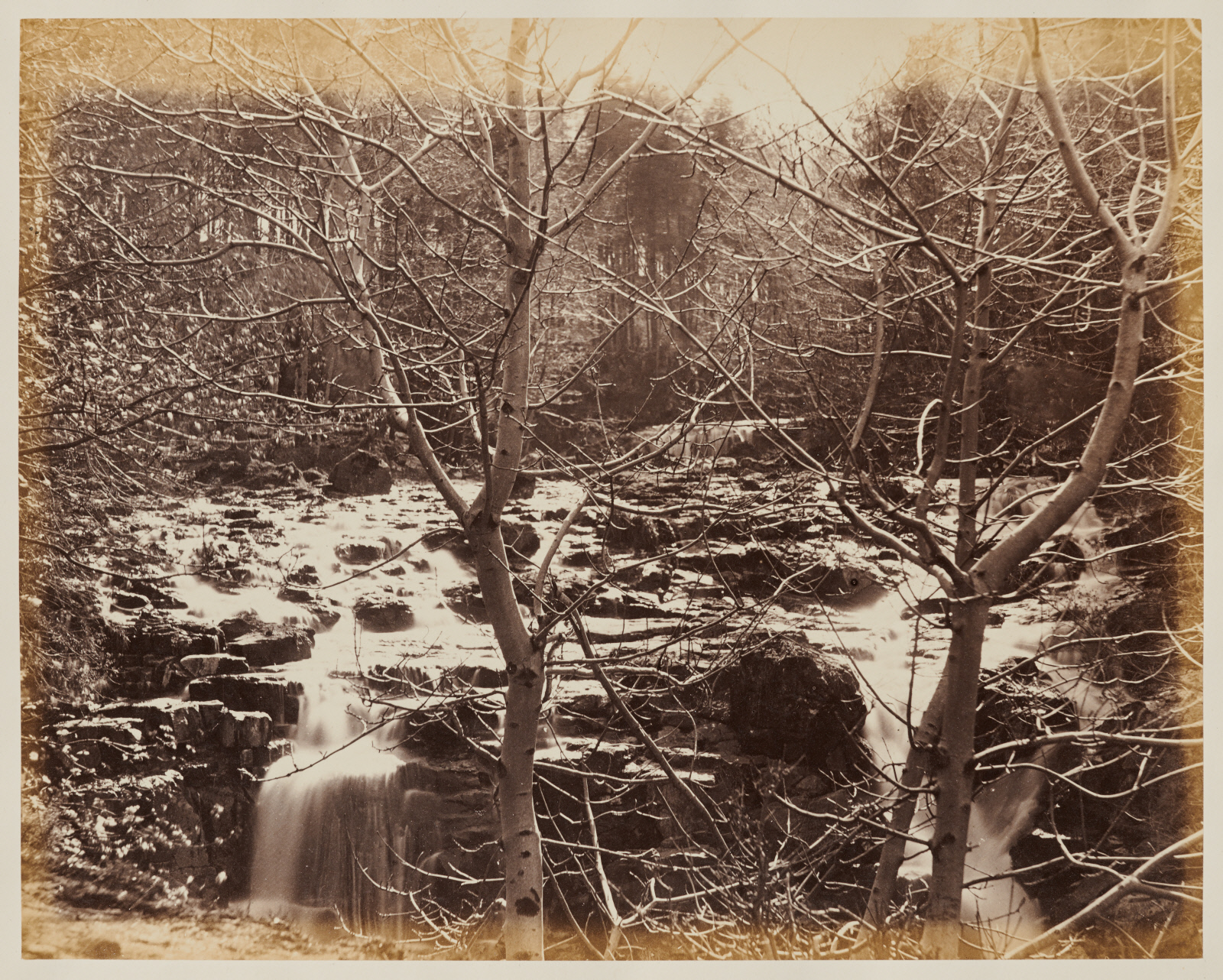
“I stared down the hill from our camp where just a glint of water was visible in the distance through the trees and bushes. The world is full of painful stories. Sometimes it seems as though there aren’t any other kind and yet I found myself thinking how beautiful that glint of water was through the trees.”
Photo: Horatio Ross. Landscape, River through trees. C. 1858. Clark Institute.
Student Curator: Zevulon Lane
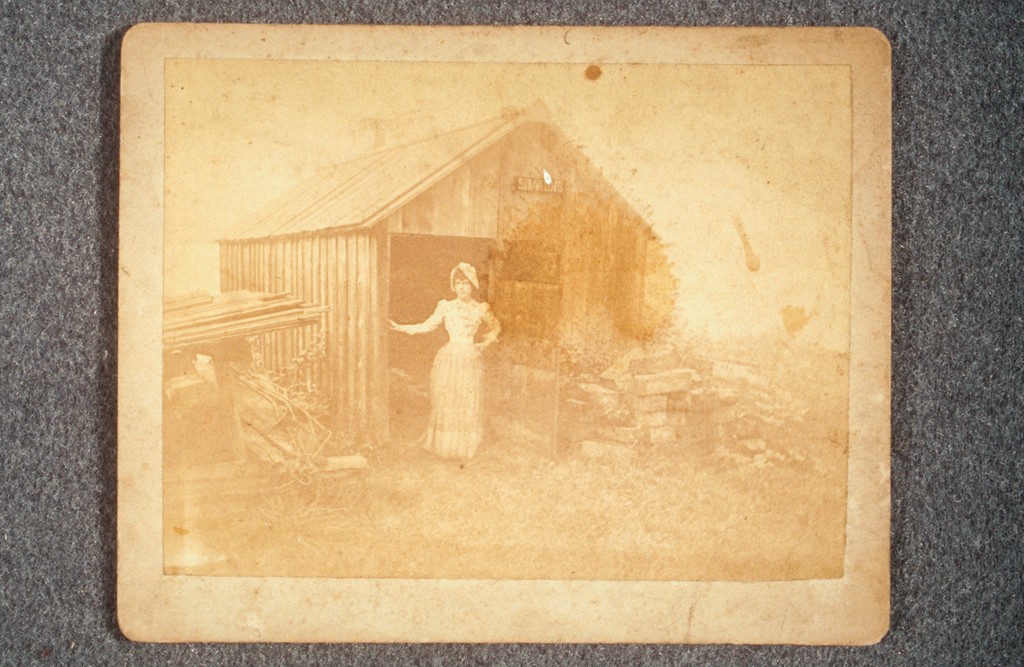
“There’s a burned out garage where I slept last night,” I said. “It’s a long walk, but he can rest there. We can all rest there.” – Pg. 166
Photo: Unknown Photographer. Seton, standing in the doorway of a shed. Above the doorway, a sign says “Simmons.”. 1880s. Artstor.
Student Curator: Sophia Grimani
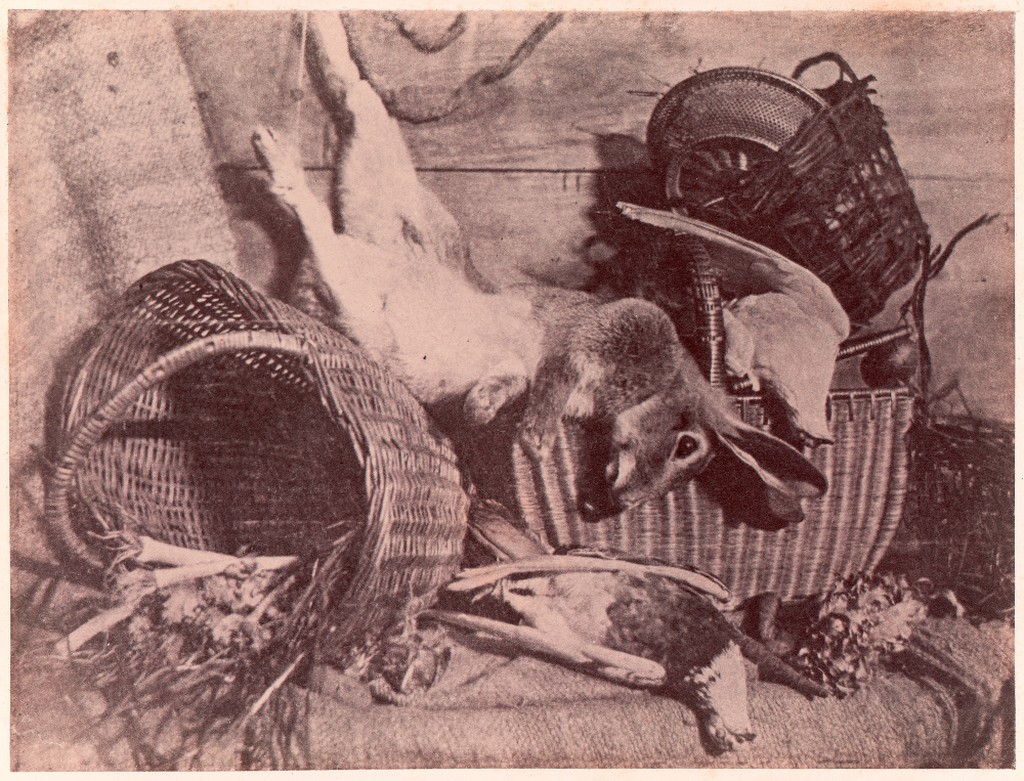
“A lot of people seem to believe in a big-daddy-God or a big-cop-God or a big-king-God. They believe in a kind of super-person. A few believe God is another word for nature.”
– Pg. 15
Photo: Unknown Artist (French), Printer: Imprimerie photographique de Blanquart-Évrard, à Lille (French, active 1851-55). Nature morte au lièvre. 1853. Artstor.
Student Curator: Neil Luczai
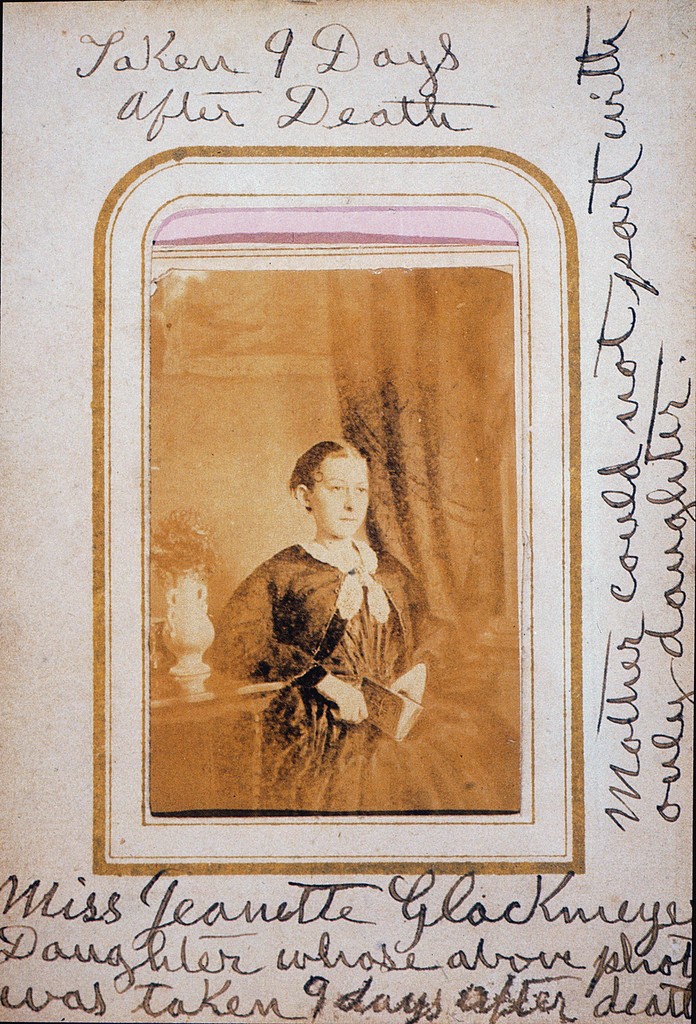
“I wish Dad could cry for his son, but I don’t feel any need at all to cry for my brother. May he rest in peace—in his urn, in heaven, wherever.”
Photo: Unknown Artist (Carte de Viste), Girl Dead Nine Days. c.1870.
Student Curator: Annika Wahlsten
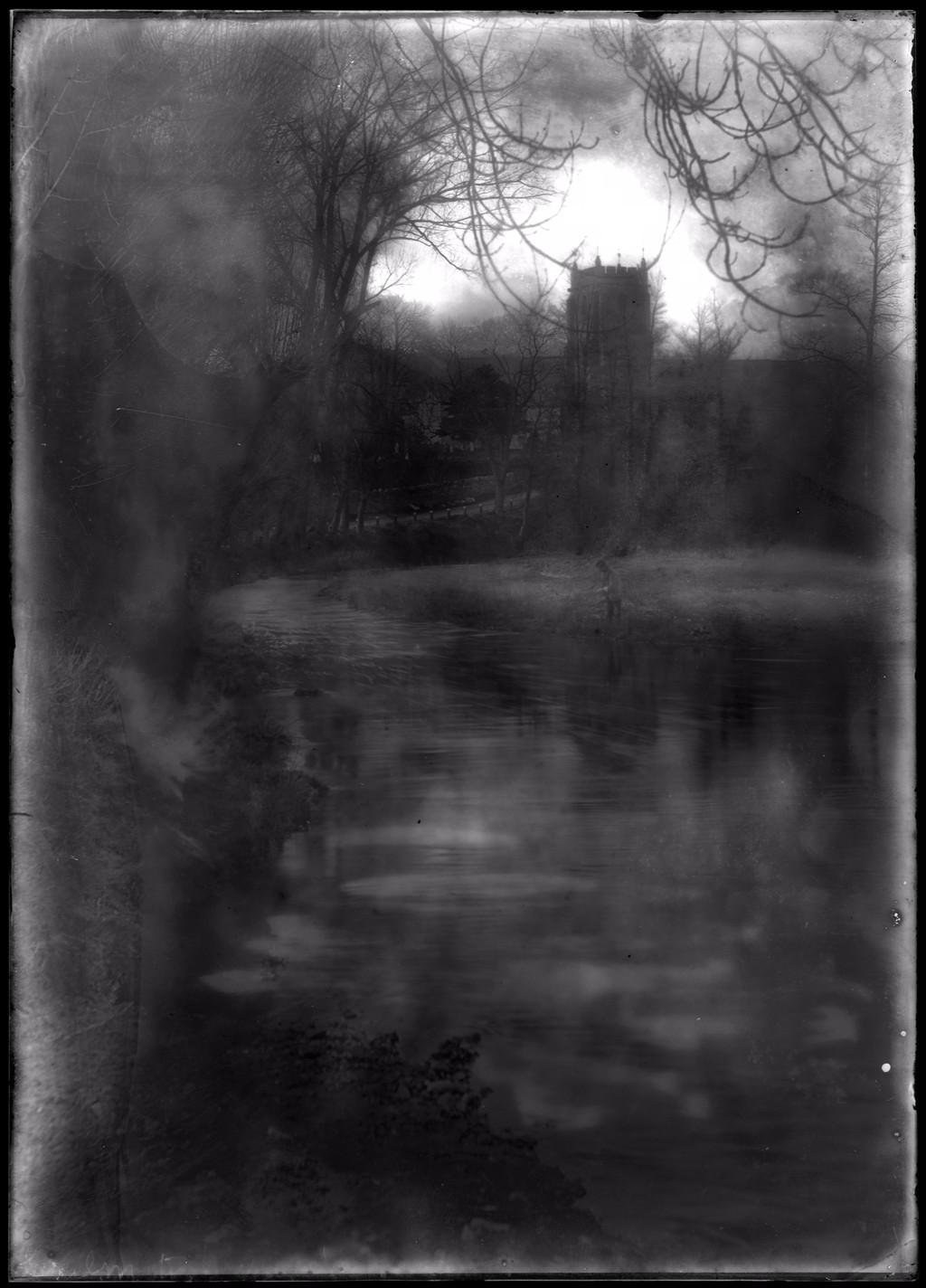
“Joanne and I cried all over eachother, saying good-bye. We promised to phone eachother, to stay in touch. I don’t think we’ll be able to.” – Pg. 139
Photo: Catherine Weed Barnes Ward, Culmestock Church, With River Barle/Culmestock church, 1892
Student Curator: Lenny Farinholt
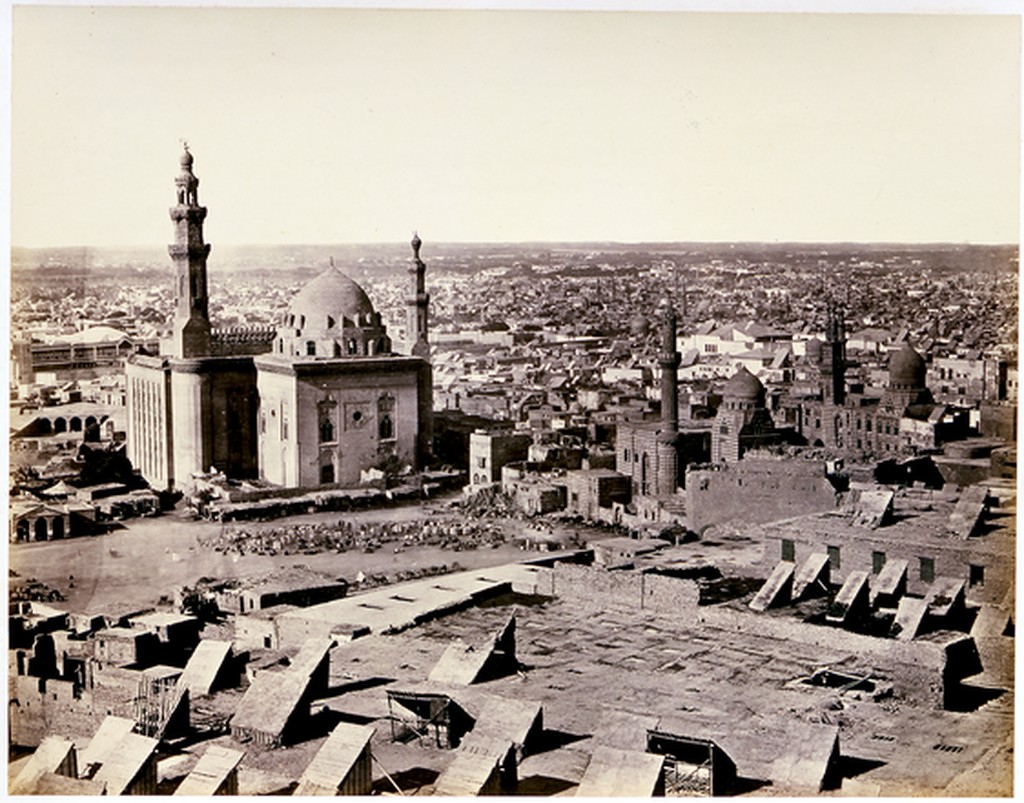
“Create no images of God. Accept the images that God has provided. They are everywhere, in everything. God is Change— Seed to tree, tree to forest; Rain to river, river to sea; Grubs to bees, bees to swarm. From one, many; from many, one; Forever uniting, growing, dissolving— forever Changing. The universe is God’s self-portrait.” – Pg. 315
Photo: Cairo from the Citadel, First View,
Egypt, Sinai and Jerusalem: A Series of Twenty Photographic Views
Student Curator: Albert Aleksanyan
